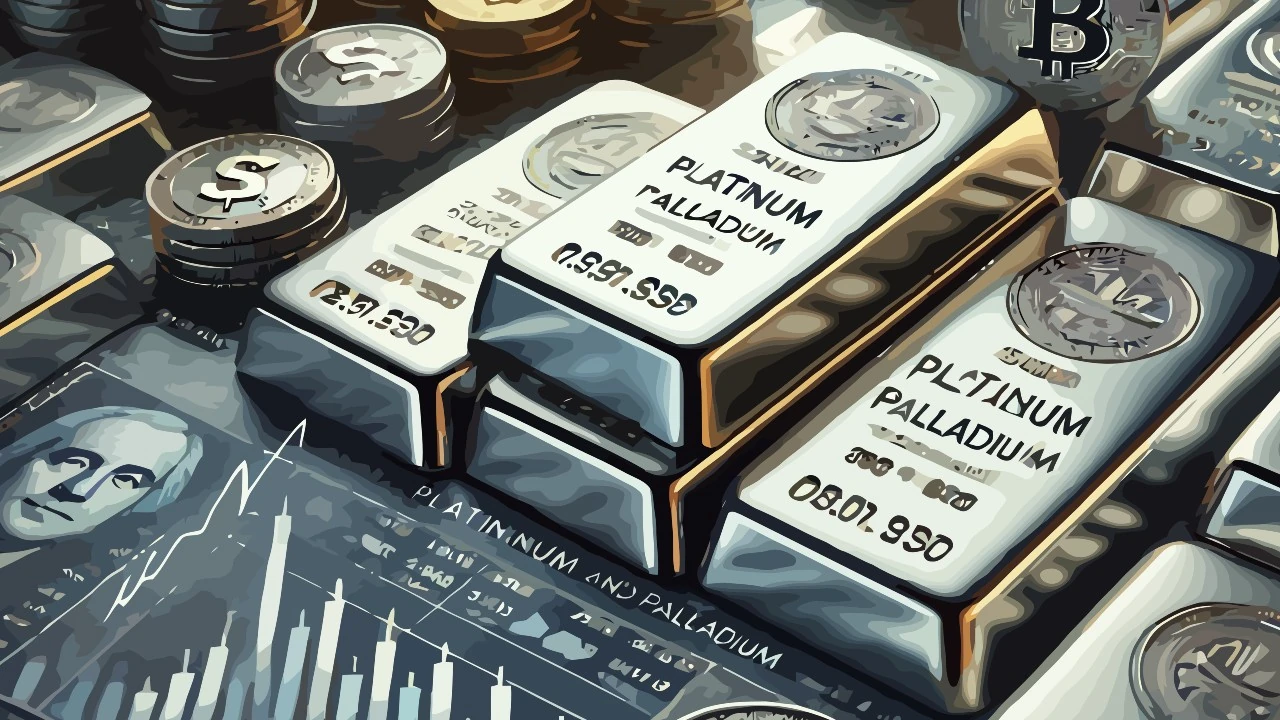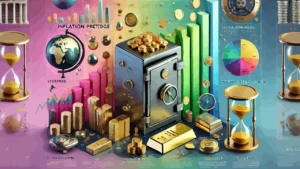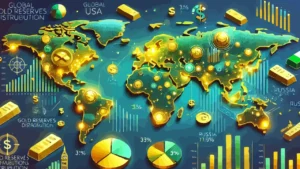When we think of precious metals, we immediately think of gold and silver, symbols of wealth and economic stability for millennia. However, other metals such as platinum and palladium, despite being extremely rare and expensive, have never played a significant role in the global monetary system.
But why? The answers lie in the history, chemistry, and economics of these metals.
Contents
#1. A past without monetary roots
Gold and silver have a long history of use as money and stores of value. Since ancient civilizations, these metals have been minted, hoarded, and traded. Platinum, on the other hand, was discovered much later, in the 18th century, and palladium in the 19th century. Their absence in ancient economies prevented them from entering the traditional monetary system. Furthermore, their late discovery and difficulty in extraction have made these metals ill-suited to being considered a stable monetary resource.
Unlike gold, which was easily recognized and accepted for its color and luster, platinum was initially mistaken for a worthless material and often discarded. Attempts to introduce platinum coins also failed, as happened in Russia in the 19th century, when limited acceptance among the population led to the coins being withdrawn shortly thereafter. Furthermore, internationally, nations never found a consensus to recognize platinum as a store of value comparable to gold and silver.
#2. Difficulty of processing and smelting
One of the main obstacles to the use of platinum and palladium in coins is their high melting temperatures. Platinum, for example, melts at about 1,768°C, much higher than gold and silver. This makes it difficult to work with historical technologies, whereas gold and silver were easily moldable with the methods of the time.
The high melting temperature meant that coin production was expensive, making the use of platinum in large-scale minting prohibitive. Even in modern times, working with these metals has remained complex and expensive, limiting their use compared to more easily manageable materials. Additionally, platinum is denser than gold, making minting more laborious and less economical.
Palladium also presents similar challenges, with physical properties that make it more difficult to work than gold. Its primary use has developed in industry rather than coinage. This factor has further distanced these metals from the role of recognized monetary standards.
#3. Scarcity and geographical distribution
While gold and silver have been mined around the world for millennia, platinum and palladium are concentrated in a few geographic areas, such as South Africa, Russia, and Canada. This limited geographic availability has made it difficult for them to be widely used in global economic systems.
Platinum and palladium production is also much lower than gold and silver. This means that the quantity available on the market is not sufficient to support a global monetary system. Furthermore, the control of production by a few countries has made these metals subject to political and economic instability, further discouraging their monetary use.
Unlike gold, which is found in large deposits spread across several continents, platinum and palladium depend on mines located in a few countries, exposing the market to strong fluctuations based on production and mining policies. This imbalance has helped relegate the role of these metals to a predominantly industrial rather than monetary use.
#4. Volatile prices and industrial demand
Unlike gold, which has a value largely tied to its function as a monetary reserve, the price of platinum and palladium is highly dependent on industrial demand. These metals are used primarily in the automotive industry for the production of catalytic converters. As a result, their value fluctuates greatly with market demands, making them unsuitable as the basis for a stable monetary system.
Price fluctuations can be dramatic: at some times platinum has surpassed gold in value, while at others it has fallen dramatically. This instability makes it unreliable as a store of value, an essential characteristic for a monetary metal. Palladium has also experienced extreme price fluctuations in recent decades, making it impractical for use in currency.
Gold, on the other hand, is less subject to these fluctuations because its value is not largely dependent on industry, but on investor confidence and its function as a universal store of value. This has prevented platinum and palladium from achieving the same status in the global economic landscape.











Leave a Reply